Considered by many to be a just creature of myth and legend, the mighty dragon once ruled the earth and skies of most of our planet. The fact that dragons appear in ancient writings and paintings from nearly every country in the world debunks dragons being just a figment of fantasy. How can cultures spread so far apart, with no contact, all have pictures of similar creatures ?

Fantasy Creatures - Dragons
by standoutloud
Learn about the history of dragons, including the best theories of how they came to be and why they died out.
Dragons In History
As already stated dragons appear in nearly every ancient culture on Earth.
Egyptian hieroglyphs feature images of dragons, as does the Ishtat Gate of Babylon, ancient Chinese scrolls, Australian Aboriginal cave paintings and Aztec temple bas reliefs. They adorned the prows of viking ships and have been found on cliffs high above the Mississippi river. Inuits carved images of dragons on bones in a climate that no reptile could possibly survive in. The oldest paintings of dragons that we have are from the Sumerians, dating back to 5000 b.c.
In fact the name dragon comes from the ancient Greek word draca, meaning serpent. Dragons are quite prominent in ancient Greek writings.
The oldest surviving Greek account we have is from the Iliad where Agamemnon is said to have a blue dragon on his sword belt and a three headed dragon on his breastplate.
In 217 a.d. Philostratus wrote of Indian dragons in "The Life Of Apollonius Of Tynia"
Aelians, in his "On Animals" spoke of the Ethiopian dragons that hunted elephants and grew to 180 feet in length.
Dragon Origins
Dragons were descendants of dinosaurs, much like crocodiles and alligators. Being reptiles they were cold blooded and lived in burrows in the ground to conserve body heat. It takes a lot of heat to warm a body that large. This allowed the dragon to live in colder climates than the larger dinosaurs and saved them a lot of time not having to warm up so much in the mornings. This habit of living underground allowed them to survive while their larger cousins were wiped out in the ice age.
As the world warmed again the surviving dragons once more started to spread their territories outwards as their numbers increased.
Creatures evolve over time and dragons were no exception. Many had developed much larger front legs than their forefathers, now in proportion to its hind legs. The wyvern, amongst others, had lost its front legs entirely. Some species now had no legs, such as the woryms of Europe.
Some dragons no longer had wings, the most well known being the Chinese dragons. It is also believed that the dragons ability to breathe fire developed during the ice age. Rather than a weapon the inflammatory glands were originally a form of internal heating.
Dragons Downfall
Early beliefs held that dragons had supernatural powers. Some of these superstitions included using dragons blood as defence against stab wounds, eating the tongue to have the ability to win any argument and bizarrely, that eating the heart would give you the ability to understand birds. Many were slaughtered for these and similar reasons.
While dragons were undoubtedly intelligent creatures I very much doubt that these superstitions were true.
Powerful wizards and sorcerers could protect themselves long enough to store treasure and precious items in a dragons lair. The dragon would protect its lair, thereby making these burrows the first type of bank. This of course attracted the wrong kind of people and even more dragons were killed by thieves. This dragon banking practice continued however as there was no viable alternative.
The best known of these early dragon banks are the stories of the Golden Fleece, Beowulf and the Dragon and the Golden Apples of Hesperides.
Later knights set out to kill dragons, at this time in history believing they were creatures of the devil. Their numbers were severely diminished by then though. The knights that did manage to track one down and kill it received glory at the very least. This amazing feat would raise them to a noble level. The lucky ones would find treasure in the dragons burrow also, making him a man of substance. Many of the great houses were built on dragons blood.
It is believed that the last dragon died in the 1700's.
The diminutive fairies, ever the opportunists, now use the old dragon mounds and burrows as sites for their great cities.
You May Also Be Interested In These Great Pages
You might also like
Here Be Real Dragons! The Source of the Dragon MythsDragons of mythology are just stories, but there are real dragons in the worl...
Y Ddraig Goch: The Story of the Welsh Red Dragon Pt 1The Red Dragon of the Welsh is not just a symbol for a people. It's a defiant...
Y Ddraig Goch: The Story of the Welsh Red Dragon Pt 2'The Red Dragon will rise again!' It sounds like a cry of defiance from the W...
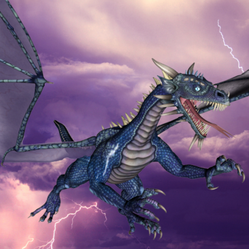


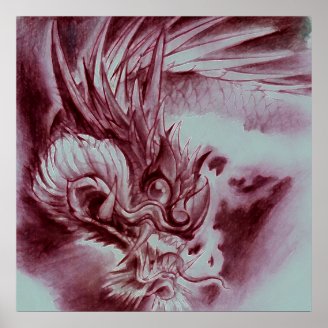
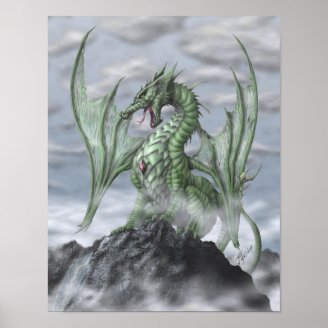
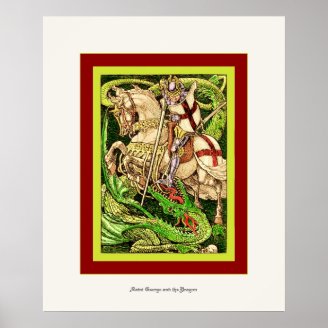


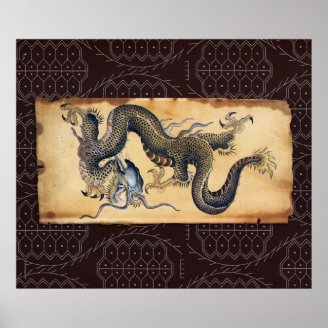
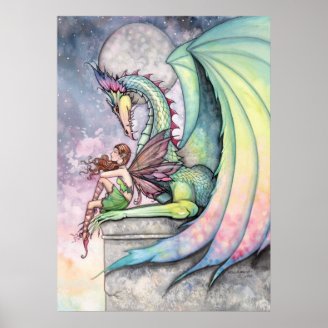




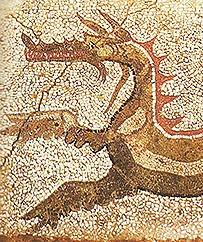


Comments
Very interesting thanks. I have to admit, I always thought they were just make-believe ...
You never know . . .